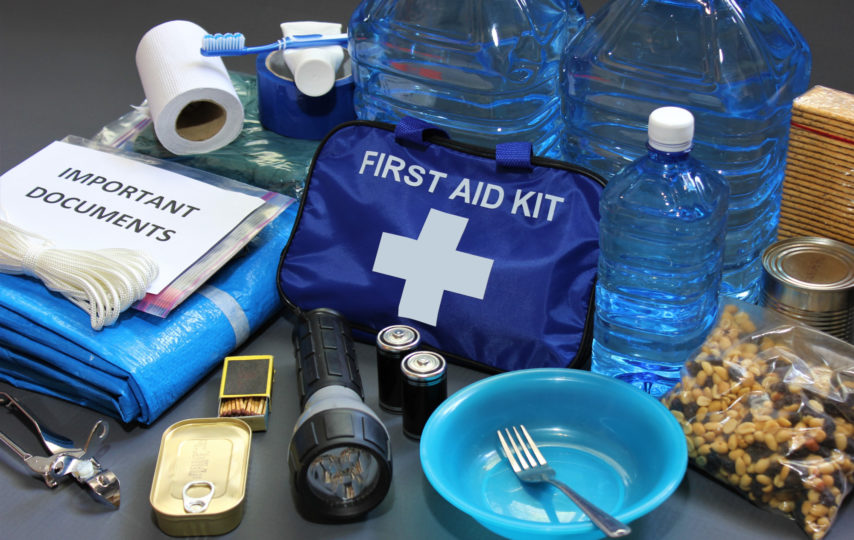Many people forgo creating an emergency preparedness plan because it may seem overwhelming. You can’t predict every emergency that’s going to happen, and you don’t want to spiral into conspiracy theories or feelings of defeat as you consider everything that could go wrong. However, you don’t want to be under-prepared in the case of an emergency.
We’re here to help you out. Effective emergency preparedness is about staying realistic and within your budget as you consider likely emergency scenarios.
Read on to learn how to create the best emergency preparedness plan no matter what kind of emergency situation you encounter!
What is an Emergency Preparedness Plan?
An emergency preparedness plan allows you to respond to emergencies quickly and efficiently. This is because they enable you to think about the future and consider what you can do now in order to protect yourself and your family.
Plans are typically composed of a kit of supplies for emergency scenarios. They also give you flexibility based on whether you want to stay at home or whether you’ll need to leave.
Consider the Basics
Many people make the mistake of considering specific risks and emergencies they may encounter and trying to plan based on those. However, this can quickly become overwhelming. You also run the risk of developing tunnel vision and forgetting that clean water and some nutrients each day may be more necessary than a Faraday cage for your electronics.
With this in mind, most experts say that it’s important to have at least two weeks of supplies in your home in order to survive most emergency scenarios.
Emergency Preparedness List
When it comes to the basics, the best place to start is with a list. Here are the recommended supplies to store in your home that will last you about two weeks:
- 15 gallons of potable water per person
- 23,000 calories of shelf-stable food (and a can opener)
- Lighters and matches to start fires
- Flashlights, candles, lanterns, and more for light when the power goes out
- Tarps for shelter
- Cash
- Wet wipes and hand sanitizer
- One-way NOAA radio
- Books, board games, downloaded movies
- Important documents in a safe
- Safety knife from tacknivesusa.com
- Shovel, ax, work glove, duct tape, zip ties, wrenches
- Medical supplies
If you’re on a budget, start slowly and work on the priorities first. For instance, having a two week supply of drinking water is far more important than non-perishable food.
What to Have in an Emergency Kit
An emergency preparedness kit can be as large or as small as you require. It’s important to remember that this can differ depending on if you want a bug out bag, a kit for vehicle emergencies or every day carry bag. We recommend considering your lifestyle and starting from there.
For instance, if you’re on the road often, you’ll want a vehicle emergency bag. However, here are a few supplies you may need in your kit:
- First aid kits
- Cash
- Multitool
- Self-defense weapons
- Flashlight
- Pocket knife
- Mylar blankets
- Maps
- Sunscreen
Remember that this isn’t an exhaustive list. Keep building your bag over time!
Creating Your Emergency Preparedness Plan
When it comes to an emergency preparedness plan, stick to the basics. Make sure to stock up your home with two weeks worth of water and then food next. You can start preparing for more specific emergencies based on your local area once you have the basics.
Ready for more emergency preparedness tips? Keep reading our blog for more informative articles!



